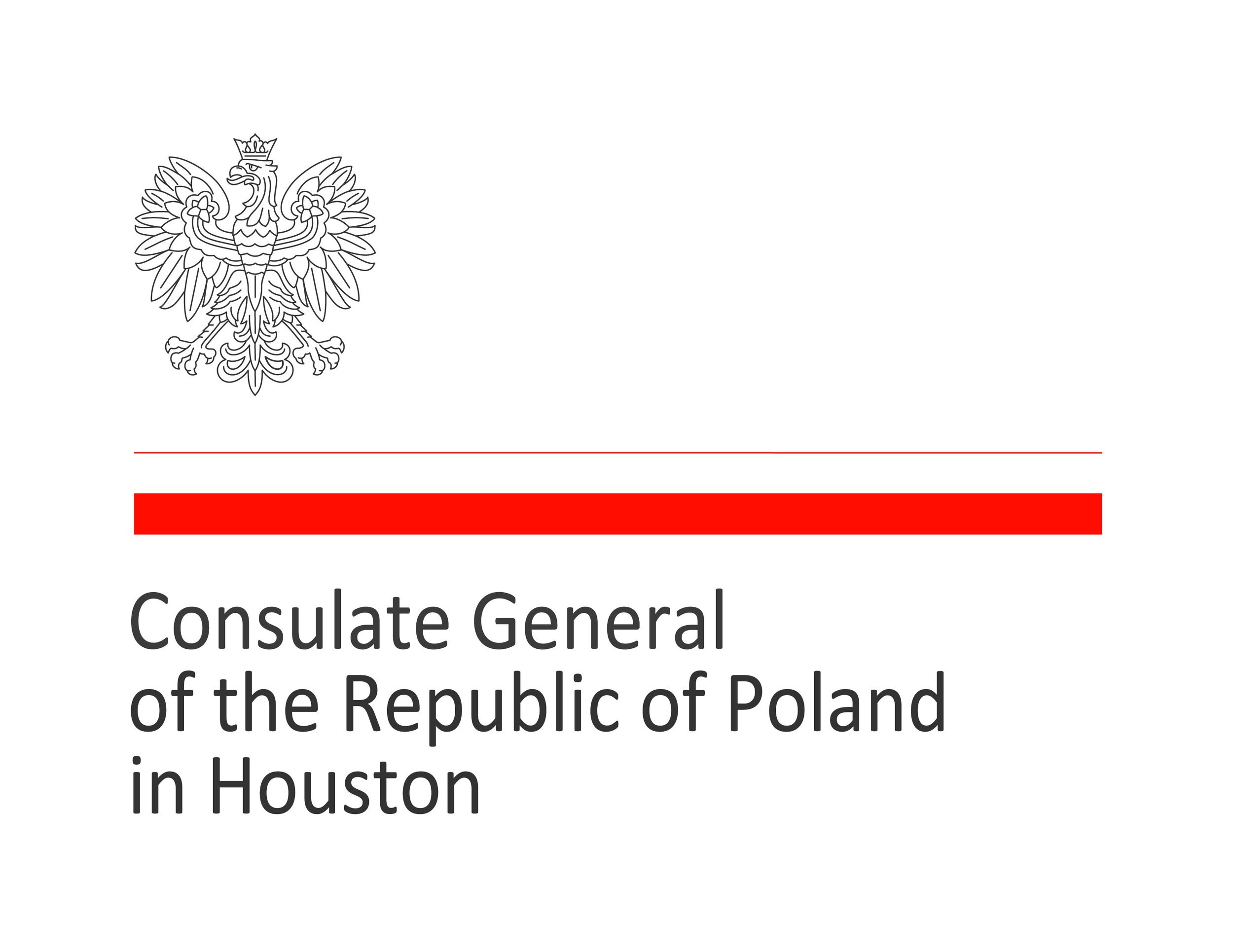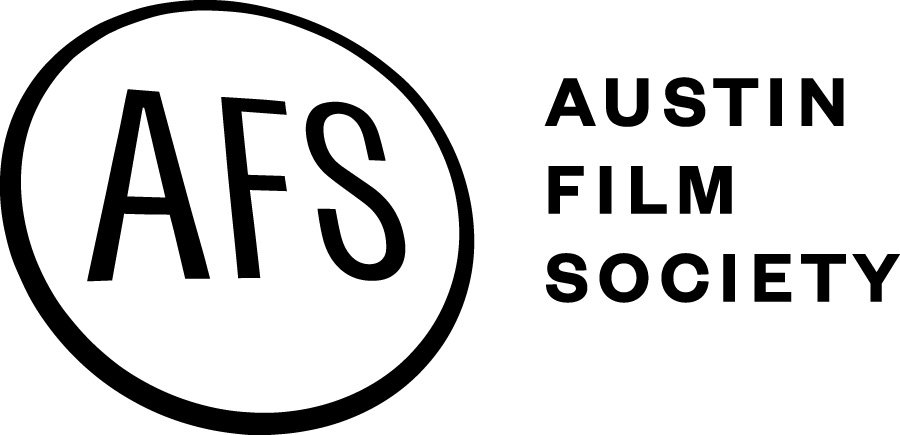Polish History, Politics, and Cinema
/By Daniel Mauro
Over the past few centuries, Poland’s history has been one of frequently changing borders, politics, and culture through a history of partitioning and control by various parties, emerging as a democratic state in 1989. Throughout these many changes, Poland has experienced what historian Miloš Řezník (2010) describes as a ‘Western shift’ in which, at the loss of eastern territories once a part of Poland—consisting of Ukrainian, Belorussian, and Lithuanian land—to the Soviet Union, Poland gained German-speaking lands to its west following World War II.
Although tumultuous at times, this history of changing borders and sweeping political changes has, in part, created a very rich and unique culture in Poland, which in turn, has produced distinct forms of Polish art and media. As scholar Tadeusz Kowalski (2000) notes in his article about the internationalization of Polish media, systems of communication and media are products of the specific historical, ideological, and political conditions from which they emerge and interact, and Poland is particularly unique due to the ongoing political shifts leading up to the transition to democracy in 1989. Film and television served as very important media for the state throughout the 20th century, but also became important tools for the people. Filmmakers, producers, artists, and everyday people took up cameras to capture, critique, and narrate many lives and events, big and small, throughout Polish history. In turn, Poland’s cinematic history has closely reflected its political and cultural history.
The Austin Polish Film Festival illustrates this dynamic history by beautifully highlighting the breadth and depth of Polish cinema. Many sides and times of Poland are reflected in the films of the festival. From classic films of the 1950s such as Jerzy Kawalerowicz’s Pociąg (Night Train, 1959) and Tadeusz Konwicki’s Ostatni dzień lata (Last Day of Summer, 1958) to modern masterpieces including Oscar winner Ida (dir. Paweł Pawlikowski, 2014) and Andrzej Wajda’s latest film, Wałęsa. Człowiek z nadziei (Walesa. Man of Hope, 2013), from documentaries old and new to children’s films and animated shorts, the festival showcases a wide variety Poland’s culture through its rich cinematic history. And, beginning this year, the festival will also highlight upcoming talent with their first international short film competition.
Leading up to the 10th Annual Austin Polish Film Festival in October, we will be exploring more about Polish films and history here on the blog, and also announcing upcoming festival information and events. Stay tuned for more!
Further Reading:
Haltof, Marek. 2002. Polish National Cinema. New York: Berghahn Books.
Kowalski, Tadeusz. 2000. “Media Internationalization: The Case of Poland.” The International Journal on Media Management 2 (3/4): 143-152.
Řezník, Miloš. 2010. “Transformations of Regional History in the Polish “Western Territories” Since 1945: Legitimization, Nationalization, Regionalization.” In Being a Historian: Opportunities and Responsibilities Past and Present, compiled by Sven Mörsdorf, 45-66. Pisa, Italy: Dedalo-Pisa.
Rogerson, Ken. 1997. “The Role of the Media in Transitions from Authoritarian Political Systems: Russia and Poland Since the Fall of Communism.” East European Quarterly 31 (3): 329-353.
Daniel Mauro











